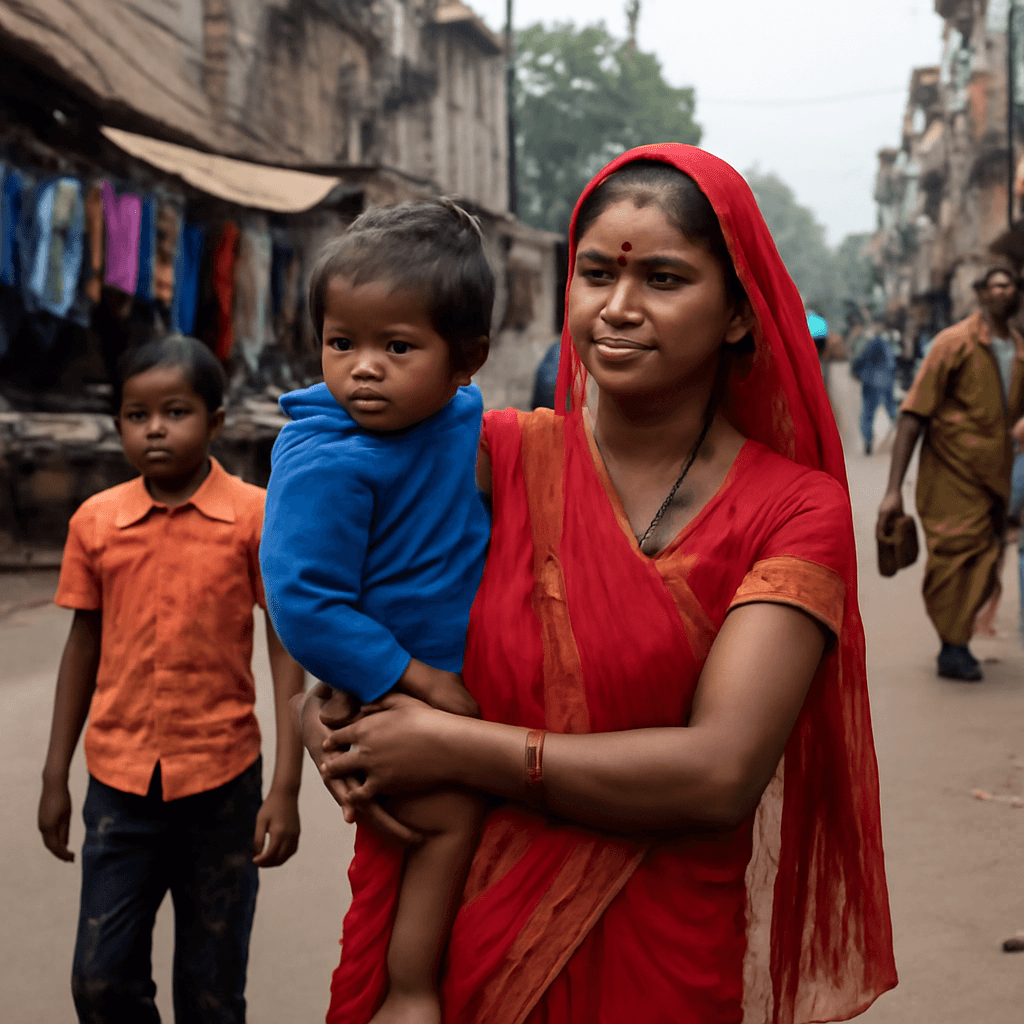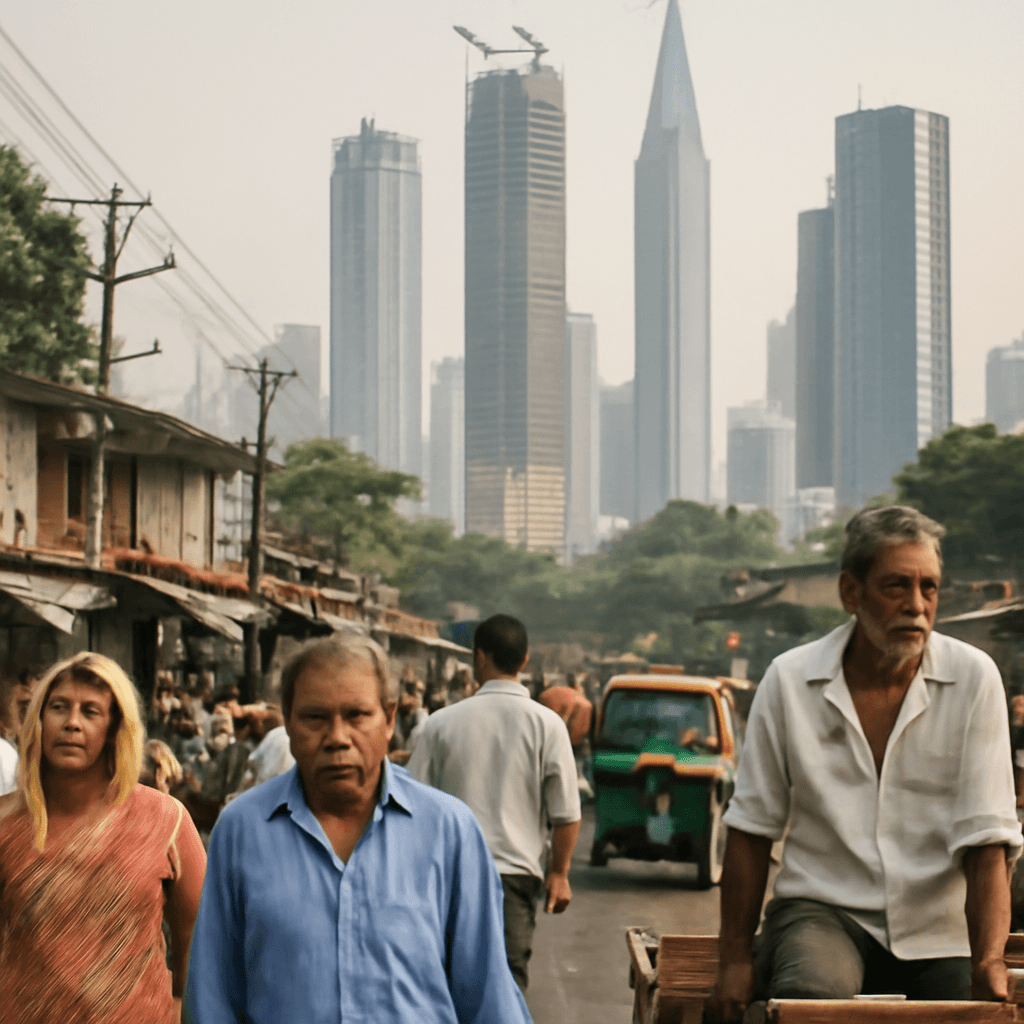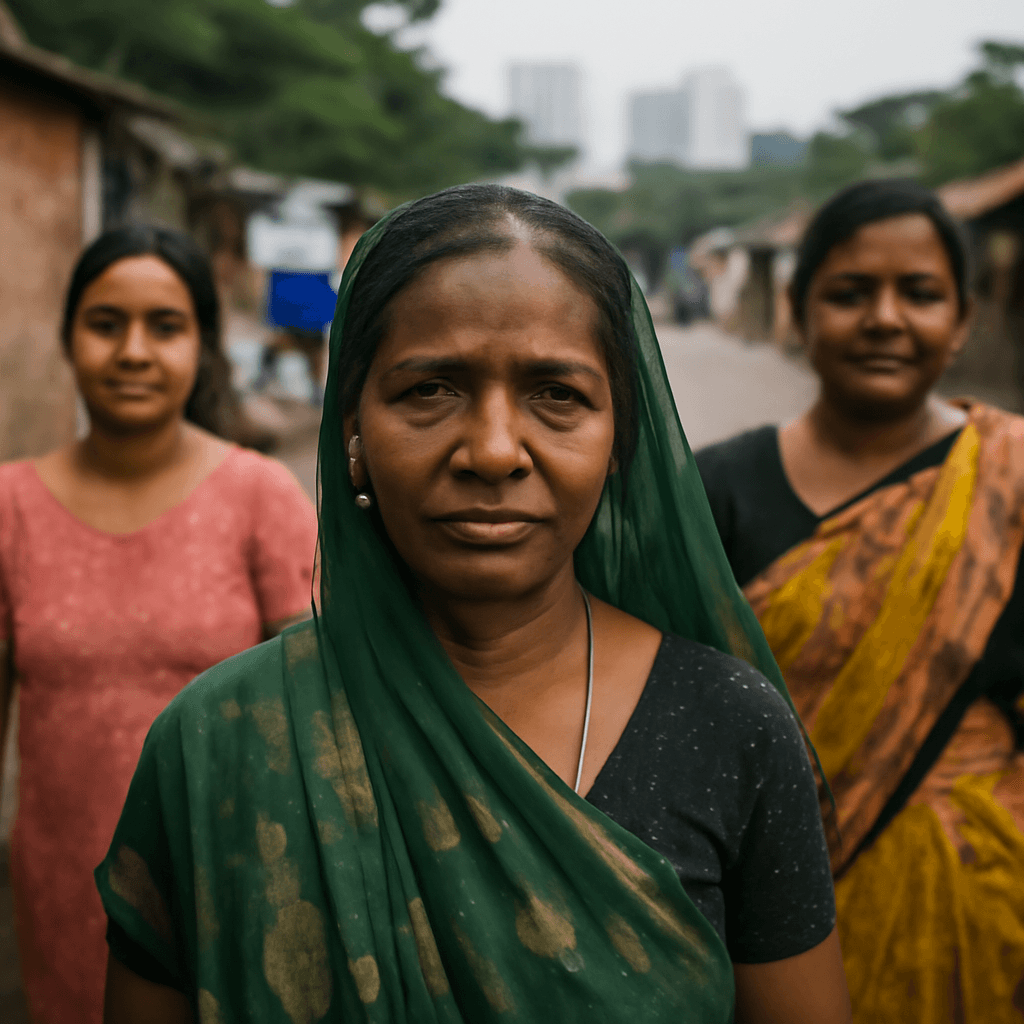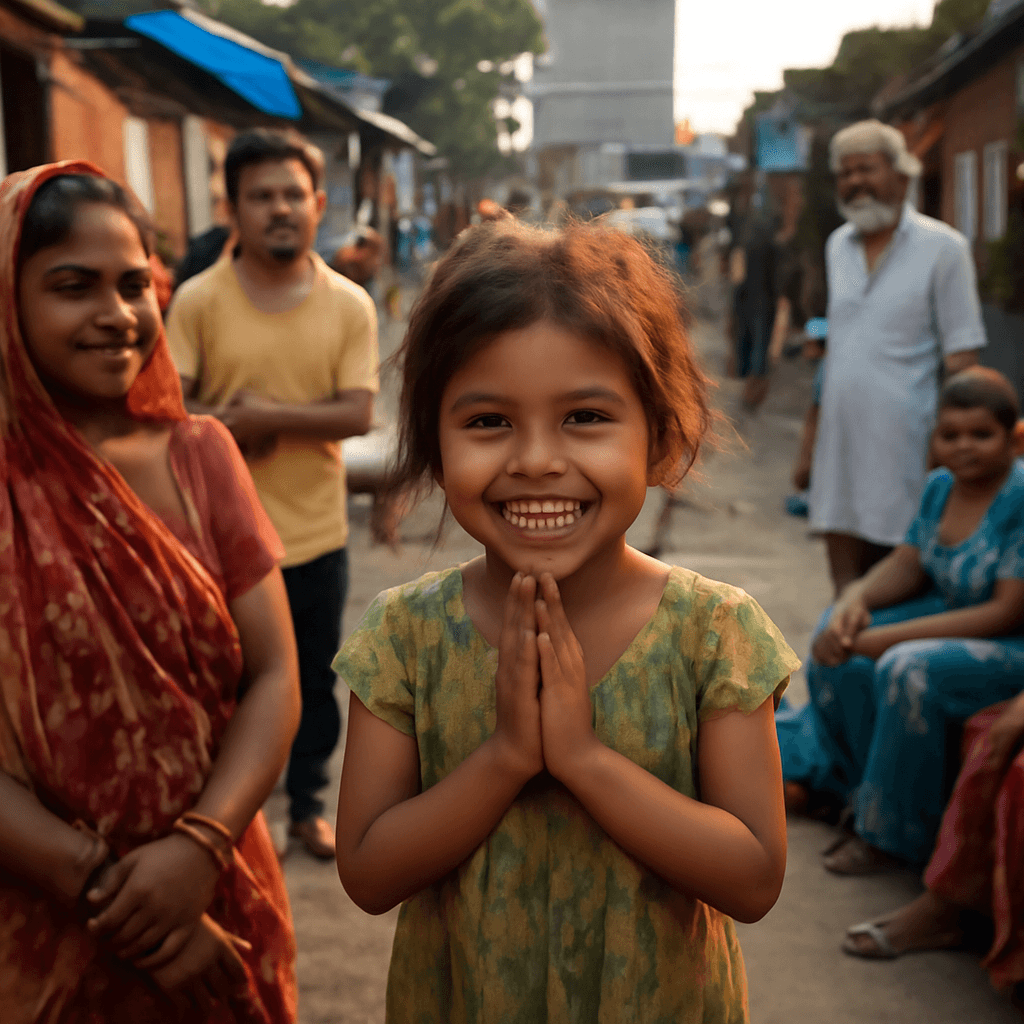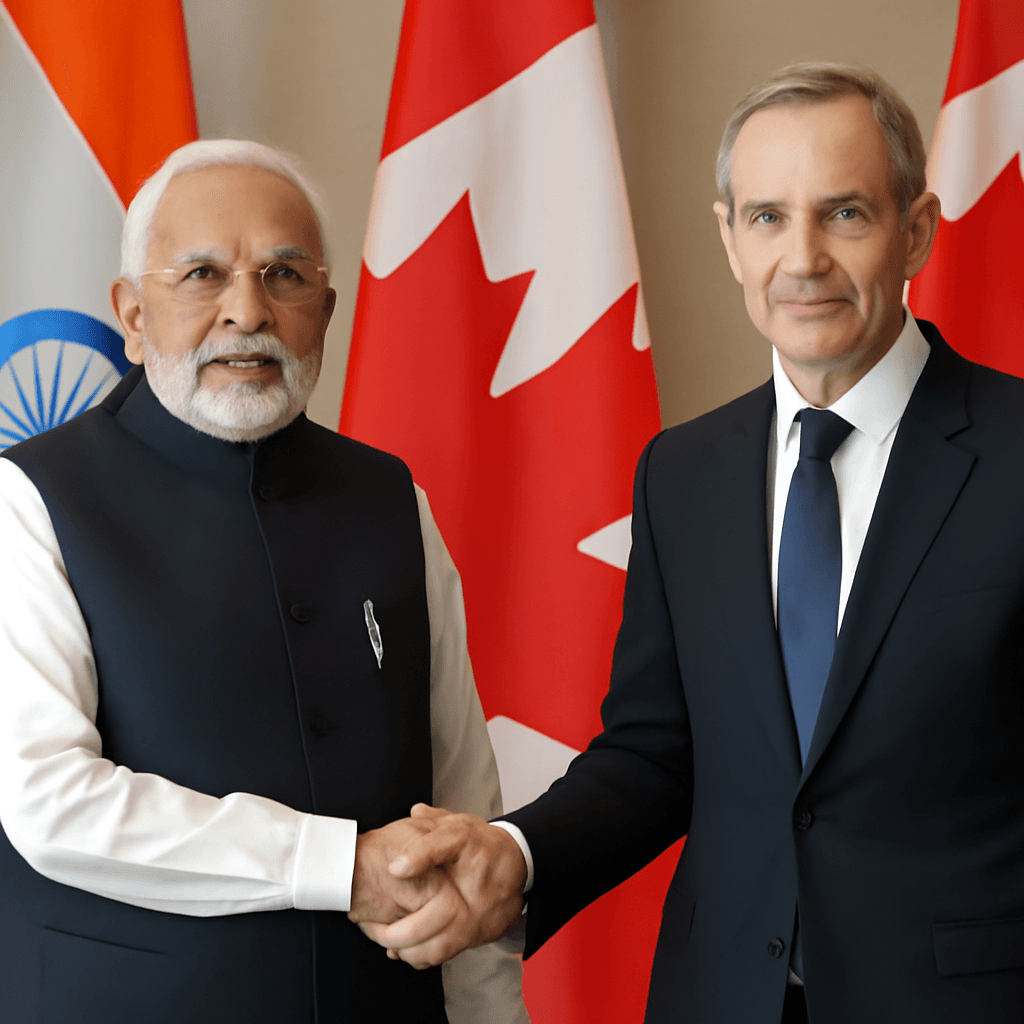Significant Reduction in Extreme Poverty in India
India has witnessed a remarkable decline in extreme poverty over the past decade. Recent estimates show that the proportion of the population living in extreme poverty has decreased from 27.1% in 2011-12 to 5.3% in 2022-23. This translates to a reduction of around 269 million people rising out of extreme poverty during this period.
Updated Poverty Measurement Standards
The assessment is based on a more stringent poverty line, increasing the daily consumption benchmark to $3 from the earlier threshold of $2.15, adjusted using 2021 Purchasing Power Parities (PPPs). Despite the tougher criteria, the progress remains substantial, indicating significant economic and social improvements.
State-wise Contributions to Poverty Reduction
Five Indian states—Uttar Pradesh, Maharashtra, Bihar, West Bengal, and Madhya Pradesh—which collectively held 65% of the country's extreme poor in 2011-12, contributed to approximately two-thirds of the national decline in extreme poverty by 2022-23.
Detailed Poverty Estimates
- Using the previous $2.15 daily poverty line (based on 2017 prices), the extreme poverty rate fell from 16.2% in 2011-12 to 2.3% in 2022-23.
- The corresponding number of people living in extreme poverty dropped from 205.93 million to 33.66 million.
- This indicates that 172 million individuals rose above this threshold in the last decade.
- The lower-middle-income country (LMIC) poverty line was revised to $4.20 per day from $3.65, reflecting 2017 prices.
- The proportion of Indians below the LMIC poverty line declined markedly from 57.7% in 2011-12 to 23.9% in 2022-23.
- The absolute number under this threshold reduced from 732.48 million to 342.32 million.
Global Context
Following these revisions, the global extreme poverty rate for 2022 increased from 9% to 10.5%, with the number of people living under the international poverty line rising from 713 million to 838 million worldwide. This highlights India's exceptional progress amid broader global challenges.
Conclusion
The sharp reduction in India's extreme poverty rate reflects comprehensive socio-economic advancements and effective policy implementation. The decline across major states underlines the importance of targeted interventions. Continued efforts are essential to sustain this momentum and further improve the living standards of millions.

